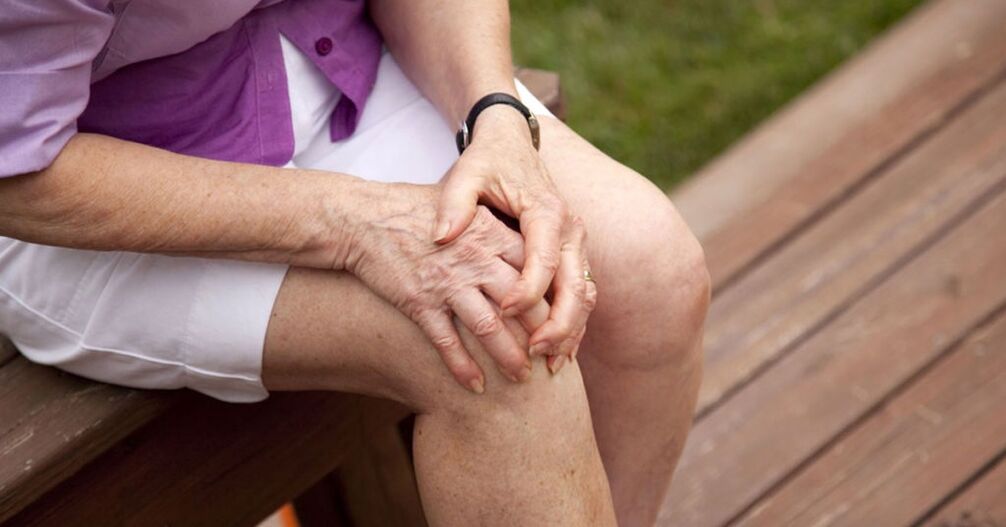
Joint pain is not just a problem of the older generation. Young people often face this. In some situations painkillers protect against unpleasant symptoms, in some cases medication is needed, and in the most difficult cases the help of a surgeon.
Causes of joint pain
Causes of joint pain can be both mechanical and infectious. No one is surprised by the pain when moving after an injury. But when pain occurs for no apparent reason, the patient does not understand how to act to prevent the problem.
However, a bacterial infection can cause pain. When pathogens enter the synovial fluid, they invade nearby soft tissues. Infection can enter the joint in several ways:
- As a result of prosthetics, due to poor sterilization of materials.
- Due to deep tissue damage in skin infections;
- After any surgical intervention performed in violation of the rules of antiseptic treatment.
In addition to bacteria, the joint is also threatened by fungi. These microorganisms are also found in the synovial fluid as a result of infection acquired during surgery.
Several people associate stomach diseases or bladder damage with knee or elbow pain. Still, there is a connection. When the gastrointestinal tract is damaged by a bacterial infection, toxins and colonies of microorganisms enter the bloodstream and move through the bloodstream through the body. Some of them are placed in the joint cavity. Common risks are:
- Diseases of the gastrointestinal tract;
- Lesions of the genitourinary system;
- Venereal diseases;
- Redness;
- Angina pectoris;
- Infectious mononucleosis;
- Pneumonia.
This suggests that improper treatment of infectious diseases can lead to more serious consequences than we can imagine. For example, a late-diagnosed sore throat or a refusal to prescribe antibiotics prescribed by a patient can lead to disability. This is because the streptococcus that causes angina is recognized by the immune system as cells from the heart valves and intra-articular tissues. If antibiotic therapy is not used as the main treatment, the immune system itself will destroy the joint tissue, fighting the infection.
Viral infections also affect the joints. These are diseases such as:
- Redness;
- Hepatitis C;
- Hepatitis B;
- Herpes.
Mankind has not yet invented a proven effective drug that fights viruses. The only exception is the drug acyclovir, which is effective against the herpes virus. Other diseases of viral etiology can only be defeated by human immunity. To protect yourself from infections that can destroy joint tissue, you can arm your immune system with vaccinations. Vaccination against measles and hepatitis is included in the mandatory calendar.
How to alleviate pain
As a symptomatic treatment for joint pain, orthopedists use nonsteroidal anti-inflammatory drugs.
In case of unbearable pain you will need to go to a specialist who will block it. This is a procedure that allows you to insert anesthesia into the joint itself and the root zone of the nerve endings. But this solution to the problem is temporary. After 10-16 hours the patient's condition returns to baseline.
What does a spasm in the joints say?
Joint spasms can be caused by several reasons. On the one hand, a seizure indicates that the intra-articular substrate is depleted as a result of a water-salt imbalance. A single crackle, on the other hand, which can be heard when the joint is bent or extended to an extreme position, is the sound emitted by gas bubbles exploding inside the joint fluid.
If there is a permanent crash during movement, you need to reduce the load on the moving part. It is better to eliminate the cause through the orthopedic traumatologist's office. Taking advertised drugs independently will not only not help us, but can also cause harm. X-ray shows the condition of the bones and interstitial cartilage. If it turns out that it is exhausted, there will be individual recommendations. If you independently lock the developed cartilage with non-steroidal anti-inflammatory drugs, it will only be possible to reduce the sensitivity of the joint while continuing its operation. Over time, thin cartilage becomes the cause of inflammation of the intra-articular tissue, leading to osteoarthritis.
Arthritis or arthrosis
For those who have no medical education or have not personally encountered a bone and joint problem, two concepts: arthritis and osteoarthritis seem to be exactly the same. The similarity of the names is explained by the fact that all diseases related to the joints have the root "art". The suffix "it" speaks of the inflammatory process. It is also seen in other terms: rhinitis - inflammation of the sinuses, bronchitis - inflammation of the bronchi; Otitis media - inflammation of the ear. At the same time, the term does not refer to the causes of inflammation, which means that it can not be diagnosed. For example, bronchitis can be both viral and bacterial. This means that the treatment tactics are completely different in both cases. Arthritis is an inflammation of the joint, without a description of the cause.
Arthritis is a disease in which the intervertebral cartilage is damaged. Long-term unexplained arthritis sooner or later causes osteoarthritis. Inflammatory processes in the joint disrupt metabolism, which is why tissues do not receive proper nutrition and thin. Thus, the cartilage tissue is destroyed.
Prevention of joint disease
Proper nutrition ensures the health of all body systems. Adequate amounts of protein, calcium, iron and vitamins allow you to provide cartilage, ligaments, synovial fluid and bones with everything you need.
In addition, an active lifestyle will keep the muscles in good shape, thanks to which they provide additional support to the entire skeleton in general and the joints in particular. And in order to protect yourself from dangerous viral infections that affect the joints, timely vaccination is needed.














































